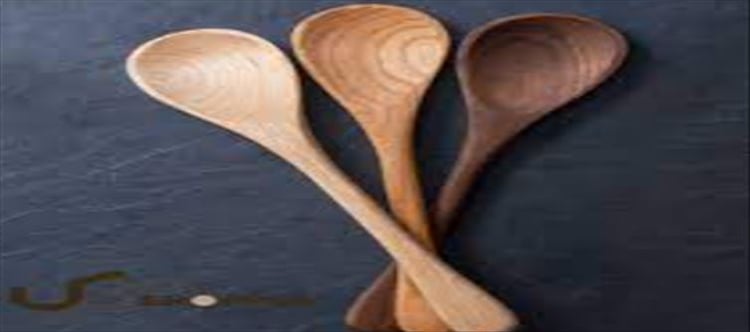
The humble spoon, an indispensable tool in every indian household, has a history that spans centuries. While its exact origins may be shrouded in mystery, archaeological discoveries provide fascinating insights into its early use. The earliest evidence of spoons dates back to around 1,000 BC, where they were primarily used for decorative or religious purposes.

Ancient Egyptians were among the first to craft spoons from materials such as wood, flint, and ivory. These spoons were not only functional but also adorned with intricate designs and religious motifs, reflecting their significance in ceremonial contexts. During the Greek and Roman empires, spoons evolved to be crafted from more luxurious materials like bronze and silver, often reserved for the wealthy elite.
In medieval Europe, spoons were fashioned from horn, wood, brass, and zinc, combining practicality with aesthetic appeal. The mention of spoons in english history can be traced back to the reign of Edward I in 1259, highlighting their presence in domestic settings.
By the 15th century, metal spoons gained prominence, gradually replacing their wooden counterparts. This shift marked a transition towards more durable and refined utensils, symbolizing societal advancements in craftsmanship and material culture.
Through the ages, the spoon has remained a ubiquitous tool, transcending cultural boundaries and serving as a testament to human ingenuity in everyday life. Its journey from humble beginnings to modern-day ubiquity reflects the enduring relevance and versatility of this essential kitchen implement.




 click and follow Indiaherald WhatsApp channel
click and follow Indiaherald WhatsApp channel